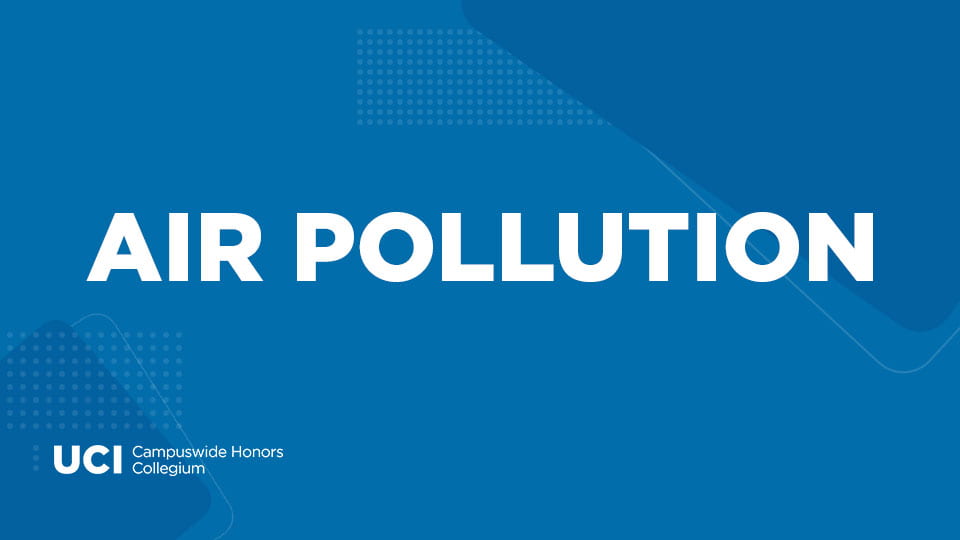Air Pollution in Fresno, CA
Abstract
The Central Valley in California accounts for half of the nation’s fruit and vegetables production. As the primary industry in the Central Valley, agriculture is the main source of jobs in this region: 337,000 in agricultural production and 222,500 in agricultural processing (Central California, 2018). With the additional complexity of carbon emissions from human activity, this region is highly vulnerable to the health effects that result from air pollution. This is especially the case for Fresno, CA. Located in San Joaquin Valley, the southern portion of the Central Valley, Fresno is subject to the environmental hazards and health effects of air pollution. The concentrations of pollution are above both the state and federal clean air standards, classifying Fresno as one of the most polluted cities in the United States. Through an intersectional lens, it is evident that the exposure to both particulate matter and ozone pollution disproportionately impact low-income individuals, minority ethnic and racial groups, and agricultural laborers. These populations are susceptible to the negative health effects of long-term exposure, including respiratory diseases and infections, heart disease, cancers, developmental disorders, and reproductive harm (Department of Environmental Protection, n.d.). After reviewing and studying the natural and social sources of air pollution in Fresno, not only is this example of environmental injustice conspicuous, but there is also a pressing need to construct and execute solutions that can dissipate the disproportionate burden placed on these already underserved communities, especially during the current pandemic where long term exposure to air pollution can increase the likelihood of death from COVID-19 by 8 percent (American Lung Association, 2020). Proposed solutions include further investment into modes of public transportation, the incorporation of sustainable technologies in infrastructure and the utilization of sustainable agriculture practices that will serve to decrease the yield of carbon dioxide into the atmosphere.



